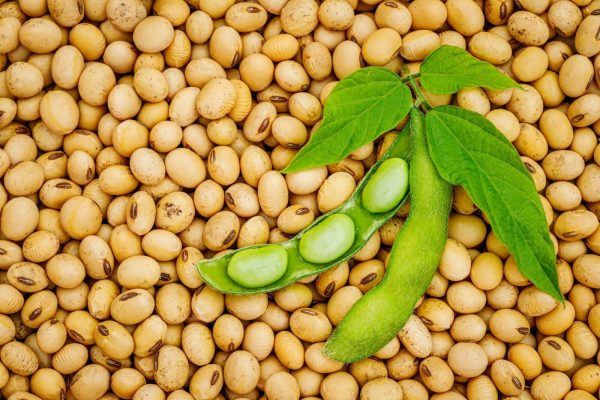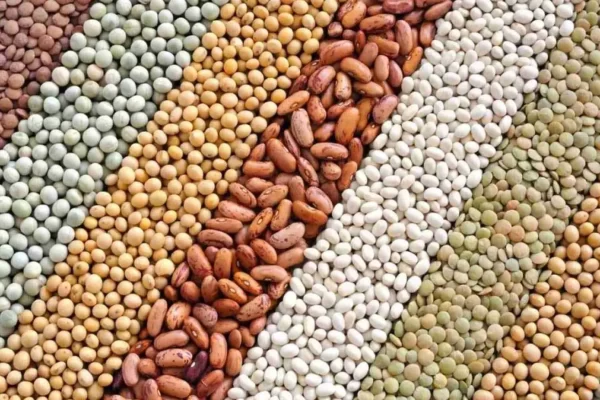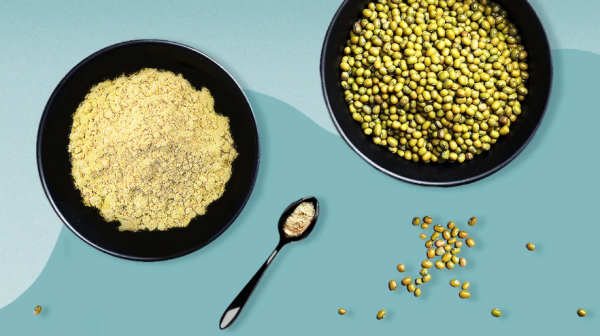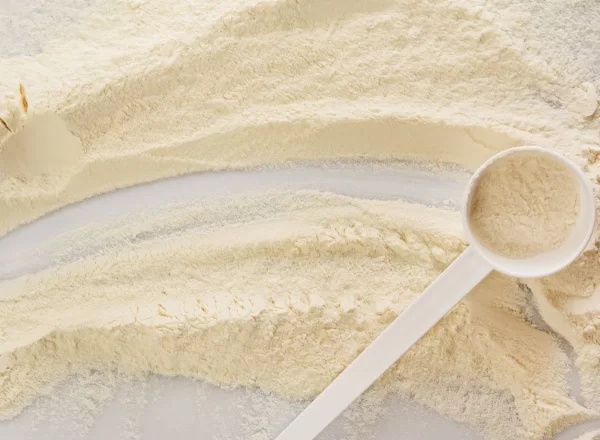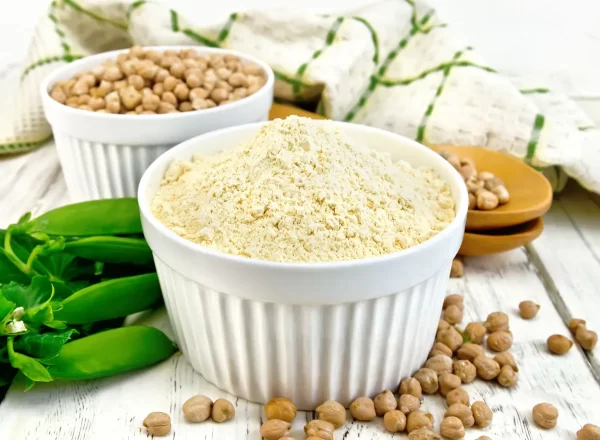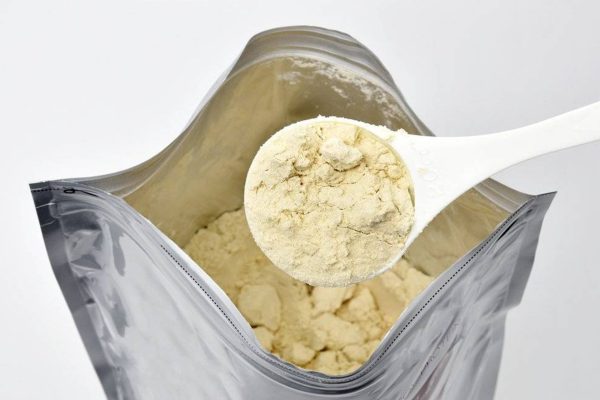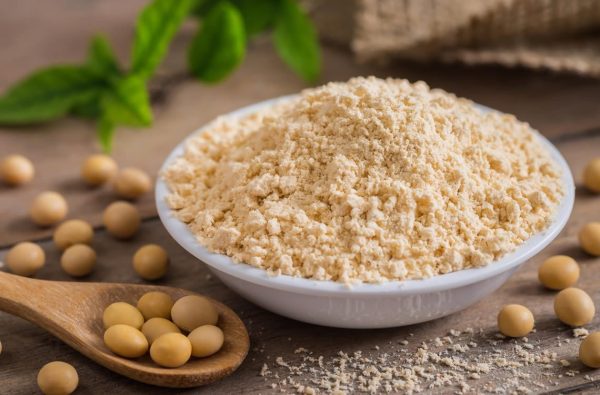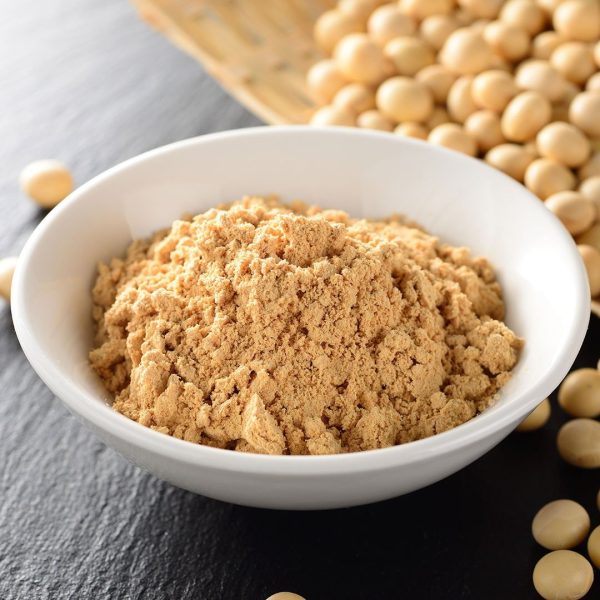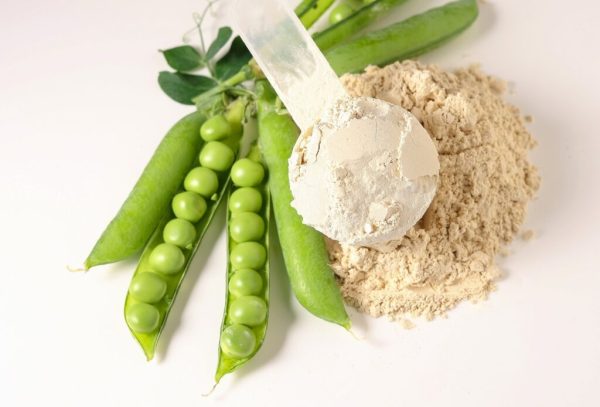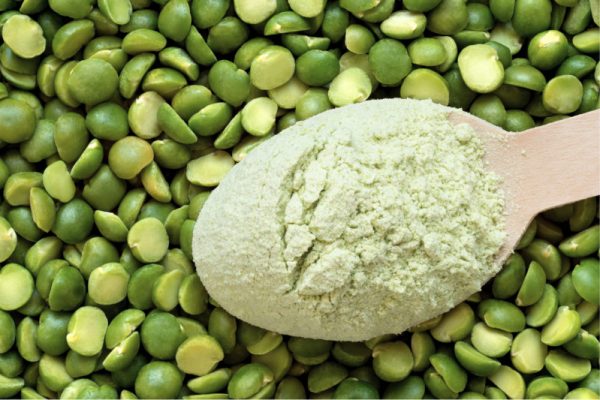Due to the numerous excellent functional properties of soybean protein, it has become an important raw material in biomimetic food processing.
Basically, the process consists of taking the raw feed material and separating it into two fractions where one fraction has a higher protein concentration, and the other has a higher starch concentration. One method to accomplish this is through dry, mechanical milling and separation.
The process starts with the raw feed, which, in this example, has a 22% protein concentration, and through mechanical processing the feed is divided into two streams: one with a higher protein concentration of about 35%, and the second stream with a lower protein concentration of approximately 16%.
Of equal importance is the ratio of each fraction. The desired high protein fraction in this case is 1/3 of the total feed.
Because of recent regulations in trying to eliminate animal protein, vegetable proteins have become the primary alternative in a variety of products, including feed for livestock, fish food, baby foods, and other food protein enrichment applications.
The starch fraction can also be used in cattle feed and the food applications listed here. One of the major challenges with the mechanical process is to find an economically viable use for the starch fraction, since it typically is going to be 2/3 of the process output. I have listed a few applications it can be used for, like noodles, thickening agents, confectionery products, and animal feed.

